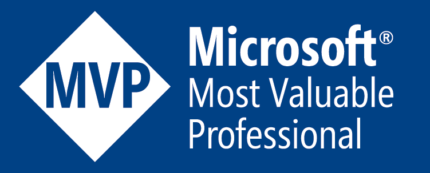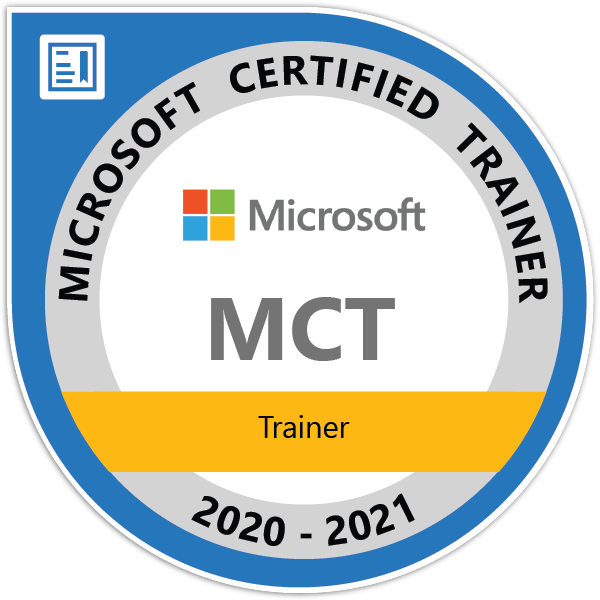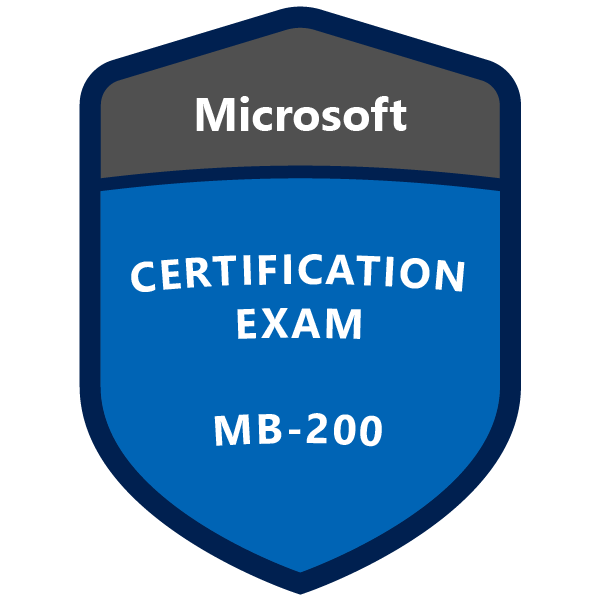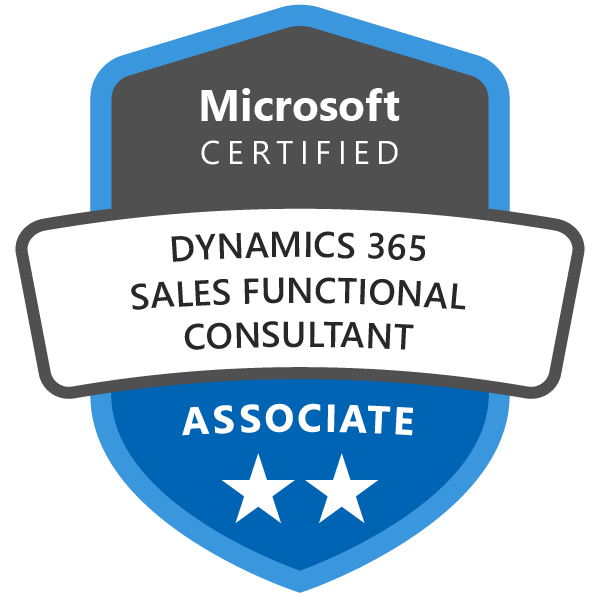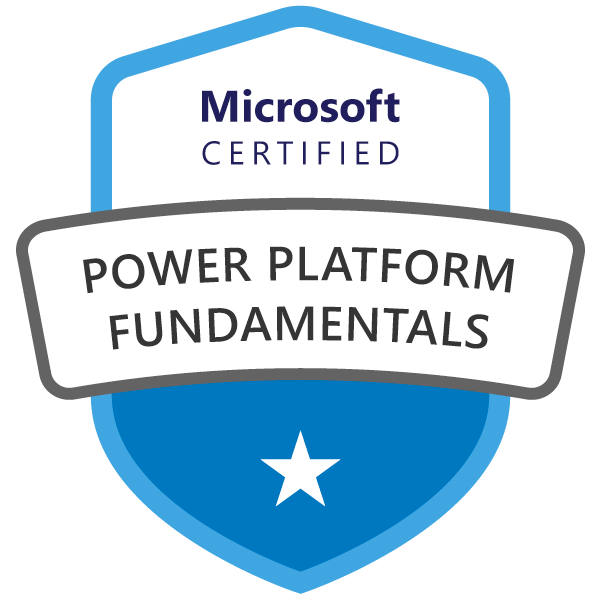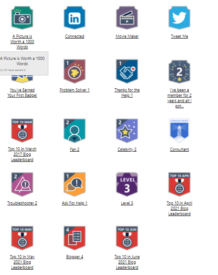Security Model Basics
Security model of Dynamics 365 is very crucial part of the system. If we will not configure the security of the users correctly then sensitive data will be exposed to unwanted users. That is why it is important to understand how security model works and how to properly configure to meet specific business need.
Every Business has some organization hierarchy which defines the business unit structure and which actually speaks how we can configure the security roles for the organization. A snapshot of business organization is given below.

Here we will discuss the Security Model in Dynamics 365. Generally MS Dynamics 365 has 4 types of security models. These are as given below.
- Security Role Based (User Roles)
- Record Based (Sharing & Assigning)
- Field Security Profiles (Field Security)
- Hierarchy Security (Managerial Security)

Role Based Security : Grouping a set of privileges (Read/Write/Append/Delete/Assign/Share) together that describe the responsibilities (or tasks that can be performed) for a user is called a Security Role. For example, An Account Manager security role can have full depth access on his Accounts which are owned by him. But not able to see other accounts not owned by him.
Security Roles are configured in the system by the combination of Privileges(Read,Write,Delete,Append,Assign,Share) and Access Level/Depth (None, User, BU, Parent:Child BU,Organization). There is a snapshot of Security role given below.
 Record Based Security : This security focuses on access rights to specific records. Assigning and Sharing records to users will define the security matrix.
Record Based Security : This security focuses on access rights to specific records. Assigning and Sharing records to users will define the security matrix.
Field Based Security : This security restricts access to specific high business impact fields in an entity only to specified users or teams. BY defining field security profile we can add users to the profile, so that the users in the profile can not view the field value on the form.
Hierarchy security : It offers a more granular access to records for an organization and helps to bring the maintenance costs down. For example, in complex scenarios, you can start with creating several business units and then add the hierarchy security. This will achieve a more granular access to data with far less maintenance costs that a large number of business units may require. The hierarchy security model is an extension to the earlier security models that use business units, security roles, sharing, and teams. It can be used in conjunction with all other existing security models. This security is driven by defining the positions and Manager. Here is a good article to explain Hierarchy Security Model.
Watch the video tutorial for more information for practice. Please subscribe the channel for more videos.
Thanks for watching.
Don’t miss the chance to participate in the upcoming Internship Program which will be done using Microsoft Dot Net Web Development Full Stack Technology. The new batch will be starting from May 20, 2024. We will have most experienced trainers for you to successfully complete the internship with live project experience.
Why to choose Our Internship Program?
Industry-Relevant Projects
Tailored Assignments: We offer projects that align with your academic background and career aspirations.
Real-World Challenges: Tackle industry-specific problems and contribute to meaningful projects that make a difference.
Professional Mentorship
Guidance from Experts: Benefit from one-on-one mentorship from seasoned professionals in your field.
Career Development Workshops: Participate in workshops that focus on resume building, interview skills, and career planning.
Networking Opportunities
Connect with Industry Leaders: Build relationships with professionals and expand your professional network.
Peer Interaction: Collaborate with fellow interns and exchange ideas, fostering a supportive and collaborative environment.
Skill Enhancement
Hands-On Experience: Gain practical skills and learn new technologies through project-based learning.
Soft Skills Development: Enhance communication, teamwork, and problem-solving skills essential for career success.
Free Demo Class Available

